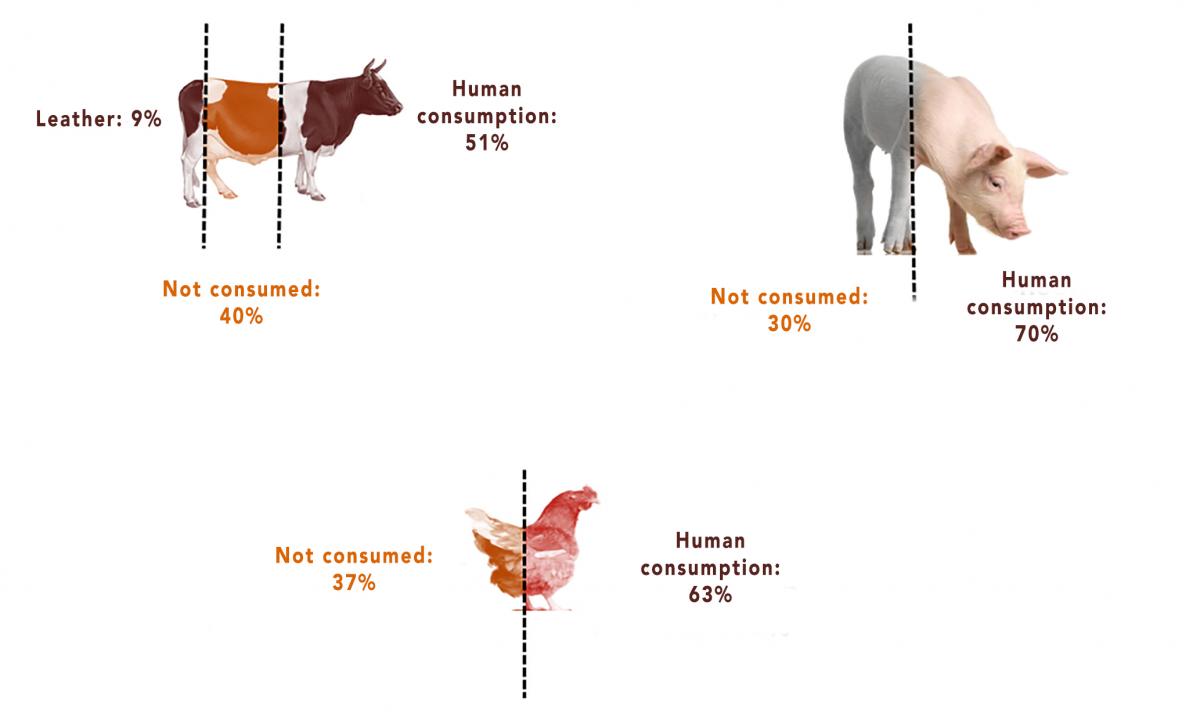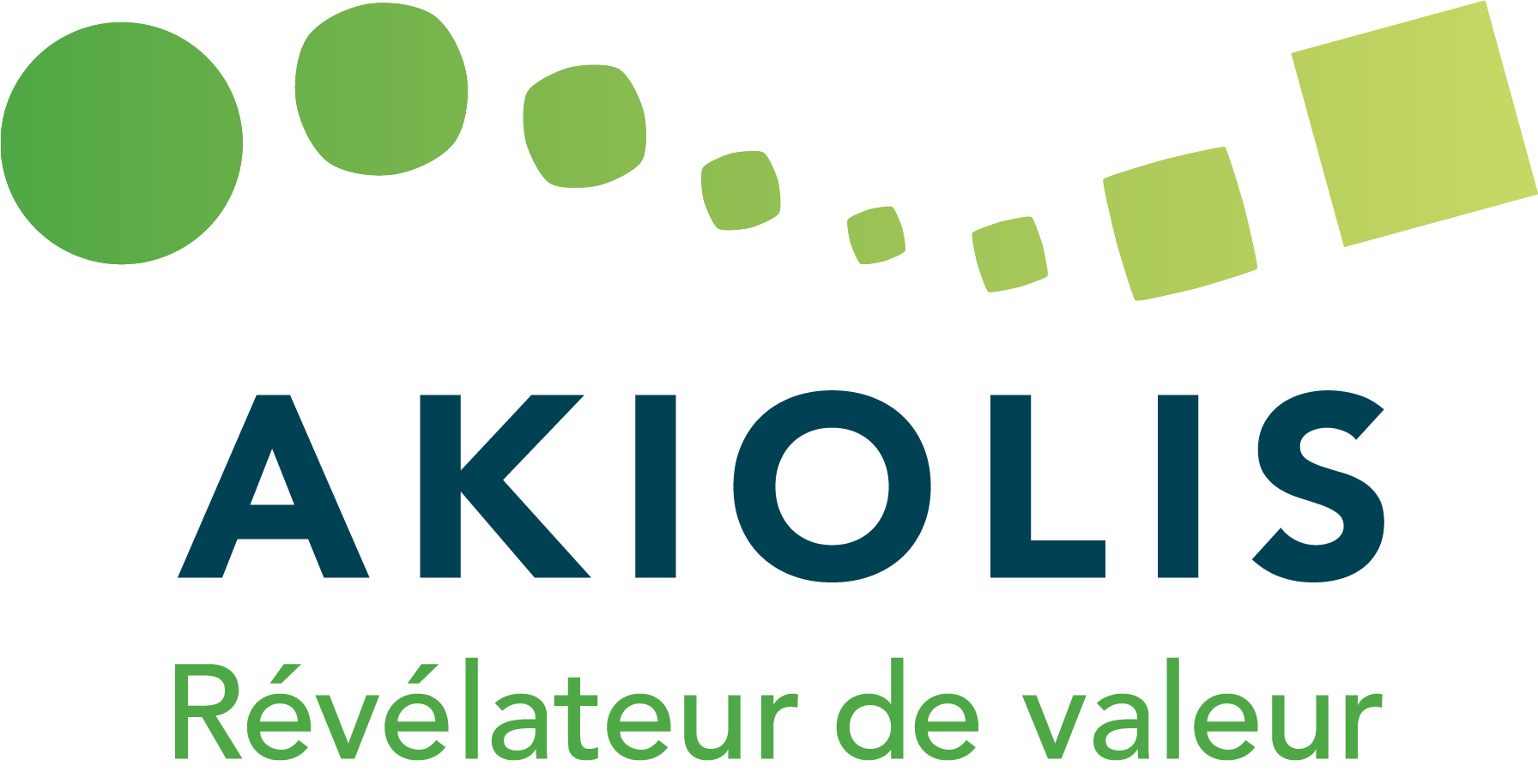Animal materials not consumed by humans
At Akiolis, we collect all animal materials derived from the human food chain that are not consumed by humans. Even though an integral part of the activities of livestock breeding or meat preparation, they are not consumed by humans for several reasons, cultural, physiological or sanitary: either they are not much appreciated in cooking, such as feet, legs, certain offal, blood, or they are simply not digestible, such as bones or skins, or they are not healthy,
Their weight varies depending on the species. Thus, in beef intended for human consumption, nearly 40% of the weight is not consumed; in chicken 37%; in pork, 30%.
We are involved in all situations where these materials are generated, from farm to fork: in livestock farms (dead animals), the meat industry (slaughterhouses and cutting plants), food shops (butcheries, fishmongers, delicatessen shops), the food industry (prepared meals) and supermarkets (meat sections).

Health categories
European regulations, applied in France, have identified three categories for these materials, and have classified them according to their estimated level of risk to human health, animal health and the environment (Regulation (EC) No. 1969/2009).
The regulations require a method of organisation that prevents any return to foodstuffs intended for human consumption: sorting at source and handling waste in specialised recovery channels that guarantee complete traceability, from collection to the outlets of recovered products.
Category 1 (Cat. 1): this category includes animal materials that present a potential or proven risk to animal health, human health or the environment. Examples include dead ruminants from livestock farms or specified risk materials taken from slaughterhouses, such as the central nervous system of cattle. They are kept out of the food chain to protect public health and the environment and can only be used for energy (heat, green electricity, biodiesel).
Category 2 (Cat. 2): this category includes pigs and poultry that have died on the farm or have been seized in the slaughterhouse. The health risk is present, but is less significant than in category 1, with no possibility of transmission to humans. After appropriate processing, the regulations authorise the use of these materials as organic fertiliser.
Category 3 (Cat. 3): this category includes healthy materials derived from healthy animals fit for human consumption. Examples include chicken necks, feathers, bones, blood, tallow, duck carcasses, etc. These materials are perfectly healthy, but are not consumed by humans due to physiological impossibility or as a result of dietary habits, and can undergo greater recovery than Cat. 1 or Cat. 2 materials. They can be processed into fats and proteins for use in pet food, oleochemistry, biofuel production, feed for livestock and farmed fish.
Recovery
We meet all of these regulatory obligations with our three collection and recovery channels. In addition, our quality procedures and brand policy are designed to maximise the value of each material collected and to equally benefit our supplier-partners, our customers and the planet through the intelligent use of resources.
